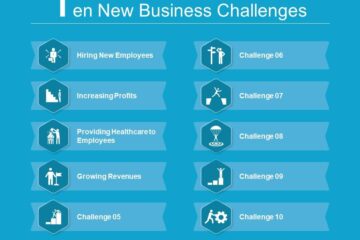
The Russian Central Bank said Friday it was lowering its key rate because of the potential for slow economic growth and oil priced around $40 per barrel.
For the first time since June, the bank said it lowered its key rate by a half percent to 10 percent, saying it was forecasting “unstable economic activity.”
It’s possible for the Russian economy to expand this year, but the bank said gross domestic product likely won’t increase by more than 1 percent next year.
“This forecast is based on the conservative assumptions of sluggish growth in global economy, average annual oil price staying around $40 per barrel and persistent structural constraints for the Russian economic development,” the bank said in its decision.
The price for Brent crude oil dropped below $30 per barrel early this year, passed the $50 mark during the summer and is now trading at around $45 per barrel. In an economic forecast from earlier this week, Norway said it didn’t expect crude oil prices to hit $60 until 2019.
The Kremlin in March warned a price above $50 per barrel might skew markets heavily toward the supply side as energy investors look to capitalize on the forward momentum for crude oil. Oversupply is one of the market trends keeping a lid on crude oil prices.
Earlier this year, the Russian Central Bank said it expected 1.6 percent growth in GDP in 2017. When it cut its key interest rate by a half percent in June, which was the first rate cut in nearly a year, it said growth in the economy was “imminent.”
On Friday, the bank did keep its forecast for inflation in place, saying it would move to its target rate of 4 percent by the end of next year.
The government last week transferred $6 billion from the reserve fund to cover a gap in the budget, thus depleting the fund by 18 percent from August. In April and May, the government pulled $6 billion from the fund each month to cover the deficit.
[Source:-UPI]




